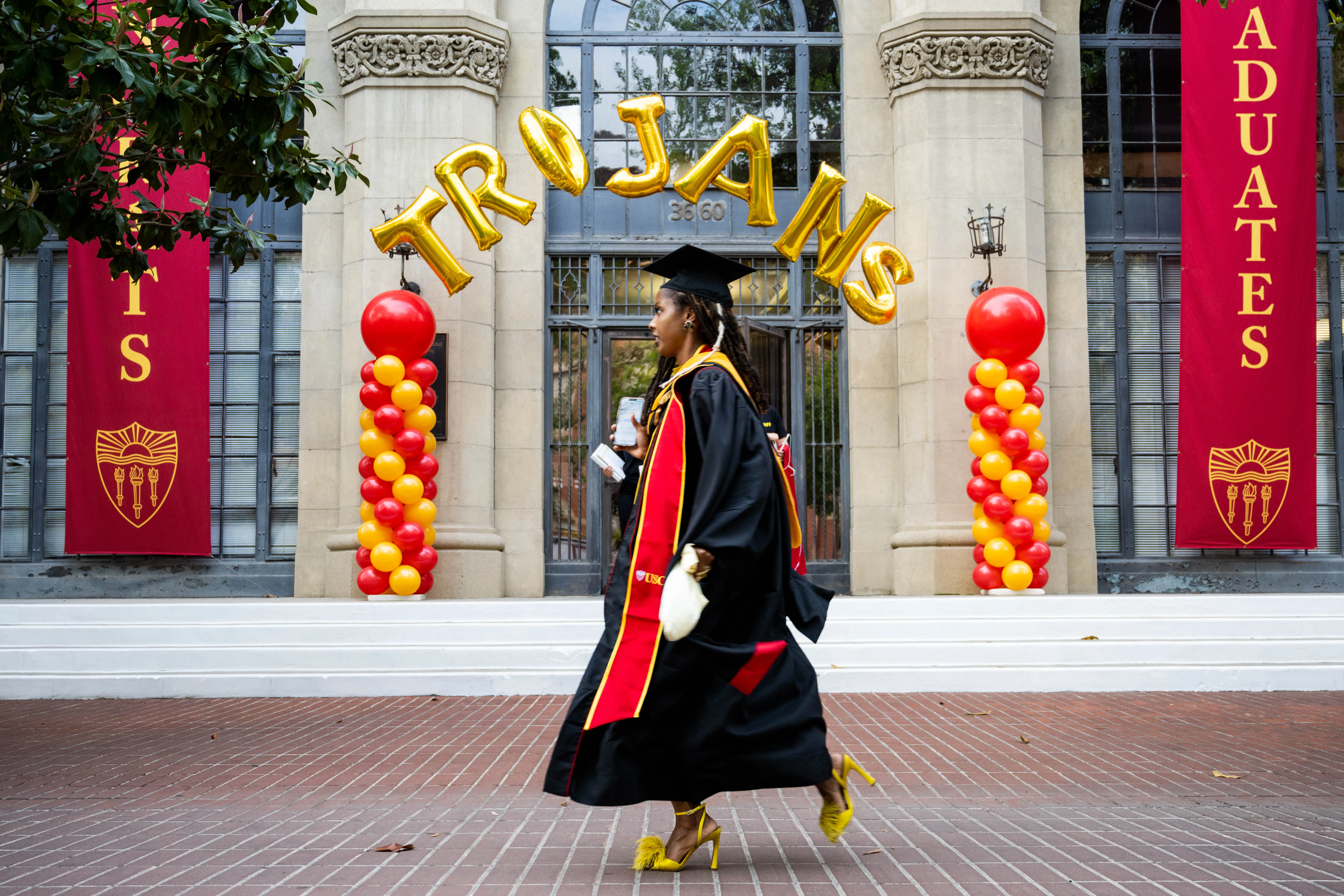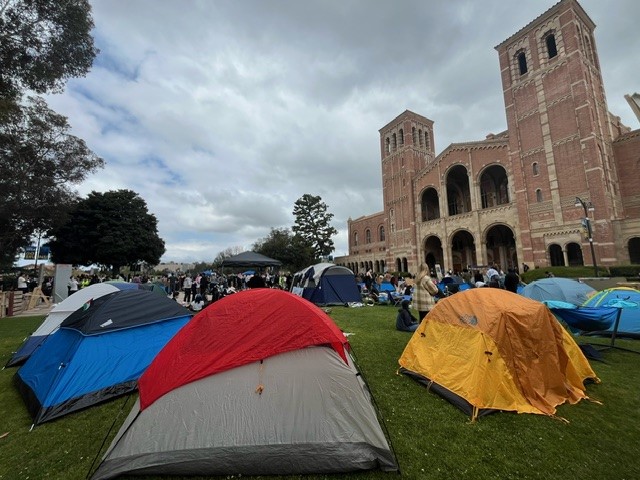NASA’s dreaming big dreams again, aiming for a manned asteroid mission in the not-so-distant future. That means big money for California and a boost - of solid rocket booster proportions - to the state’s once-robust aerospace industry.
After a couple of touch-and-go years with the retirement of the Space Shuttle Program and cancellation of the Constellation Program, NASA is back in the game. Its new manned capsule and launch system will have us break free of low Earth orbit and rendezvous with asteroids, even the moons of Mars and the Red Planet itself.
NASA invests almost $3.5 billion a year in California. From heat shields to thundering rockets and parachutes that bring home astronauts safely, it all adds up to critical jobs.
With the shuttles retired, NASA is now focusing on the Orion Multi-Purpose Crew Vehicle and its Space Launch System (the biggest, baddest rocket ever).
On a brisk morning in the Arizona desert’s Yuma Proving Ground, a group of Southern Californians gathered in the pre-dawn hours. They worked alongside a team from NASA’s Johnson Space Center and YPG’s personnel on Orion strapped in the back of a Boeing C-17 transport aircraft.
Light winds blew through the open hatch at the back of the big aircraft and that was good news - a perfect day for this mission that would send Orion plummeting out of the back of the C-17, 25,000 feet above the desert.
This mission would intentionally fail a key stabilizing parachute called a drogue. If something goes wrong, Orion’s crew must stay safe. With one drogue parachute out, that means the capsule will be coming through the atmosphere at a much higher velocity and with less stability when the main parachutes open and that could end up with parachutes entangled, very bad news.
But Airborne Systems, part of HDT Global, factored in all the contingencies as it developed this system for NASA. If something doesn’t deploy, the rest of it better kick in to make up for the failed parachute.
Local
Get Los Angeles's latest local news on crime, entertainment, weather, schools, COVID, cost of living and more. Here's your go-to source for today's LA news.
This day would test that.
As the sun rose over the distant mountains, you could hear the sounds of choppers coming in - loaded with personnel to help retrieve the parachutes once Orion launched from the back of the C-17 and descended to the desert floor.
With binoculars pointed skyward someone spotted the aircraft and its 21,000 pounds of precious cargo “Oh there it goes! There it goes!”
Orion shot out of the back of the C-17. If all went perfectly, two drogues would have deployed slowing and stabilizing the capsule’s mad descent. Three pilots would deploy to then pull out the main parachutes.
This mission intentionally failed one of the drogues, yet Orion landed fine, bottom-down on the Arizona desert.
“It performed flawlessly. We were a little bit concerned about how stable it would be,” says Adam Erskine of Airborne Systems.
The nation’s aerospace industry was beyond concerned when the Obama administration cancelled the Constellation Program in 2010. It was supposed to replace the Space Shuttle Program while exploring deep space and jobs were on the line.
“It was tumultuous. At a personal level it was chaotic for folks,” says Stuart McClung with NASA’s Orion Program.
Constellation gone. The shuttles retired. It was more blows to Southern California’s once-dynamic aerospace industry.
From 1990 to 2010, Los Angeles County alone lost almost 94,000 jobs. More than one year after Constellation died, NASA finally announced Orion had “survived.”
That came as incredible news for aerospace.
“It was relief. I had just finished staffing up to support the program and when there was a threat of it going away that would have been a huge impact on our company,” says Airborne Systems’ Kurt Hempe.
Thousands of Southern Californians are working on Orion and SLS and the technology that goes into these systems is key to the aerospace industry as a whole.
“It’s very important,” Hempe said. “Orion is not only important for Orion itself, it’s really paving the way for other commercial space companies as well. The lessons that we learn from the testing that we’re doing on Orion will benefits all those programs.”
It’s NASA technology, already propelling private companies such as "Space X" and bolstering a beleaguered aerospace industry as Southern Californians help America head back to the moon and beyond.
NBC4’s Lucy Noland and photojournalist Joel Cooke traveled to Houston’s Johnson Space Center, met the hard-working employees of Santa Ana, California’s Airborne Systems and headed out to the Yuma Proving Ground in the Arizona desert to capture this next chapter of manned American space flight.
Watch her exclusive report above.
More Southern California Stories:



